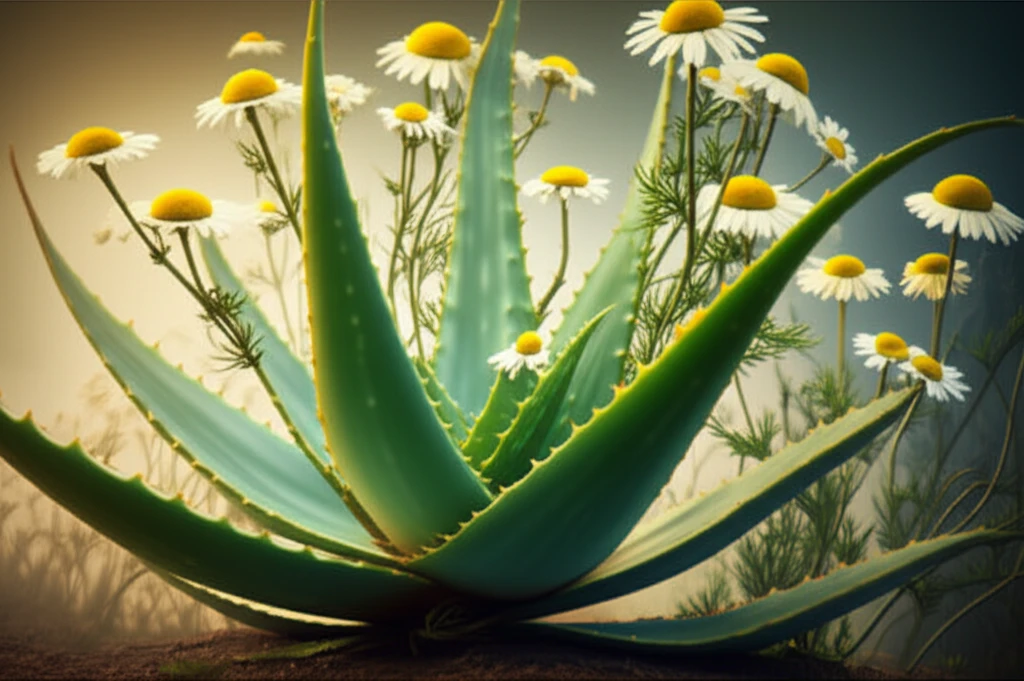
Unlocking Nature's Medicine Cabinet: How Aloe and Chamomile Can Boost Your Health
"Explore the time-tested uses of aloe vera and chamomile, and how these natural remedies can enhance your wellness routine."
For centuries, humans have turned to nature for healing. Plants, in particular, hold a wealth of medicinal properties passed down through generations. This article delves into the traditional uses of two such botanical powerhouses: aloe vera (Aloe vera L.) and chamomile (Matricaria chamomilla L.).
Aloe vera, known for its soothing gel, has been a go-to remedy for skin irritations and burns. Chamomile, with its delicate floral scent, is often enjoyed as a calming tea to promote relaxation. But beyond these well-known applications, what else can these plants offer?
A recent study investigated how urban dwellers in Cascavel, Paraná, Brazil, utilize aloe and chamomile. By understanding these local practices, we can gain valuable insights into the broader potential of these medicinal plants.
The Healing Powers of Aloe Vera and Chamomile: What the Research Reveals

The study, conducted through interviews with 400 residents of Cascavel, revealed that a significant 65% of the population uses either aloe or chamomile to treat or alleviate various health issues. This highlights the continued relevance of traditional plant-based remedies in modern society.
- Aloe Vera: Often used topically as a cataplasm (43.88%) from the leaves.
- Chamomile: Frequently prepared as an infusion (tea) (63.38%) using the flowers (92%).
Embracing Nature's Pharmacy: A Balanced Approach
The study confirms that aloe and chamomile are still frequently used by people in Cascavel as an additional way to maintain their health. These plants are easily available, which shows how important it is to value traditional knowledge and use plants wisely to improve health.
